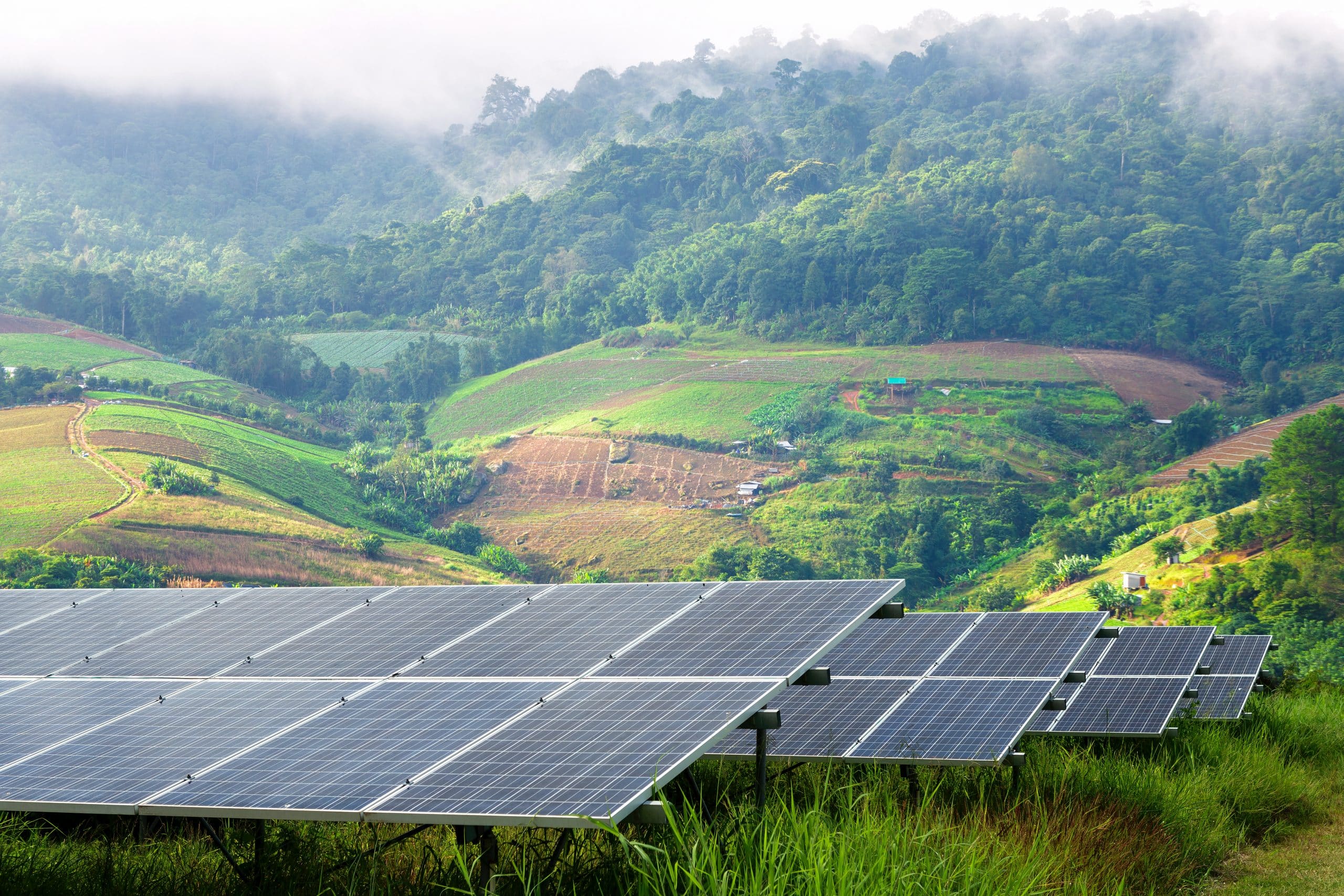California Enhances Community Solar Programs to Reach More Customers

The California Public Utilities Commission has expanded and enhanced the state’s current community solar programs and introduced a new community renewable energy initiative, enabling access to a wider range of consumers. These changes will allow California to take advantage of state and federal funding including the $7 billion Solar for All program funded by the 2022 Inflation Reduction Act.
The decision more than doubles the capacity of the commission’s Disadvantaged Community Green Tariff Program to 144 megawatts (MWs), up from 60 MW. The program, which is available for low-income households in disadvantaged communities, guarantees 20 percent subsidy in electricity bills for participants. Currently, there are 23,000 consumers subscribed to the community solar program and 23 solar contracts. With the new changes, the program is expected to reach another 45,000 consumers with 45 new projects.
The new Community Renewable Energy Program is accessible to users of all income-levels, with 51 percent of each project’s capacity allocated to low-income consumers. The program will allow participation by community choice aggregators.
Under the federal Solar for All grants program, the California Infrastructure Economic Development Bank was selected to receive almost $250 million to boost the state’s community solar programs. The program aims to expand the number of low-income and disadvantaged communities that are primed for residential and community solar investment. In April, the U.S. Environmental Protection Agency announced 60 selectees that will receive $7 billion in grant awards through the program to support solar projects in more than 900,000 households nationwide. The program is a part of the $27 billion Greenhouse Gas Reduction Fund created by the 2022 Inflation Reduction Act. The 60 selections will provide funds to states, territories, Tribal governments, municipalities, and nonprofits to develop initiatives that enable low-income and disadvantaged communities to deploy and benefit from distributed residential solar.
California is a trailblazer in terms of solar power consumption and generation. The state has 35,000 MW of installed solar capacity with close to two million solar projects. Almost one-third of the state’s electricity comes from solar power. Recently, in May, California’s solar power output reached an all-time high of 19 GW.
Despite its reputation as a leader in solar power, the state has struggled with building community solar programs that could make solar power more accessible and affordable to low-income households. California lags behind states such as Florida and New York when it comes to building affordable community solar programs, according to a 2021 National Renewable Energy Laboratory Report on the status of the community solar market.
EnerKnol Pulses like this one are powered by the EnerKnol Platform—the first comprehensive database for real-time energy policy tracking. Sign up for a free trial below for access to key regulatory data and deep industry insights across the energy spectrum.
ACCESS FREE TRIAL


